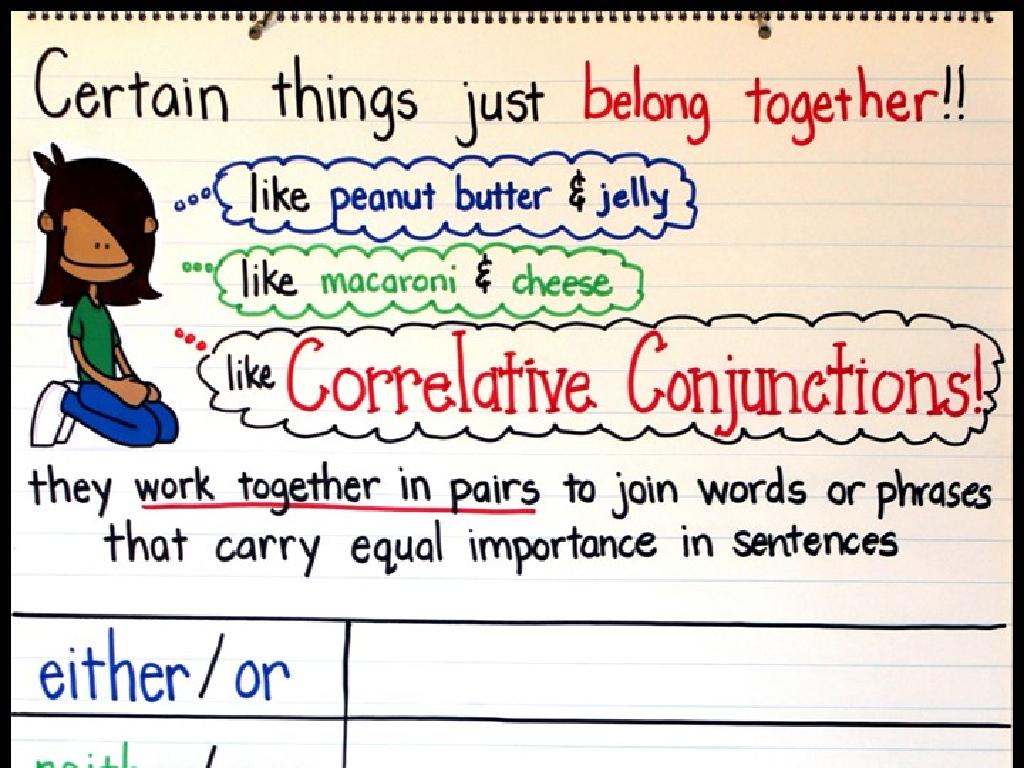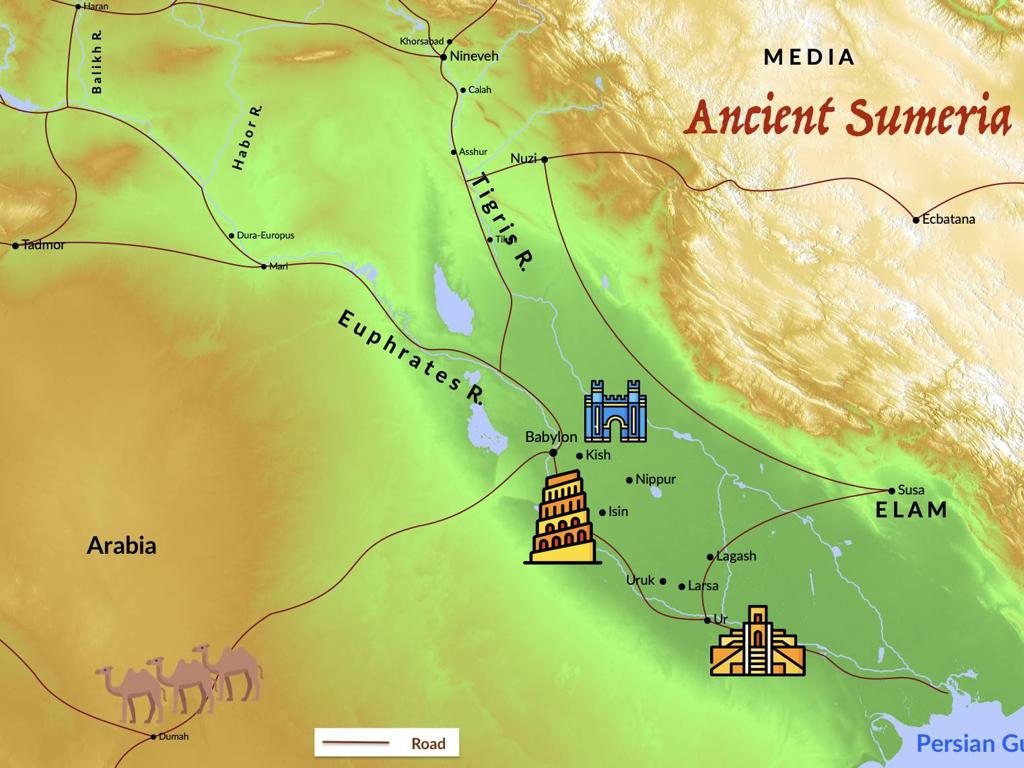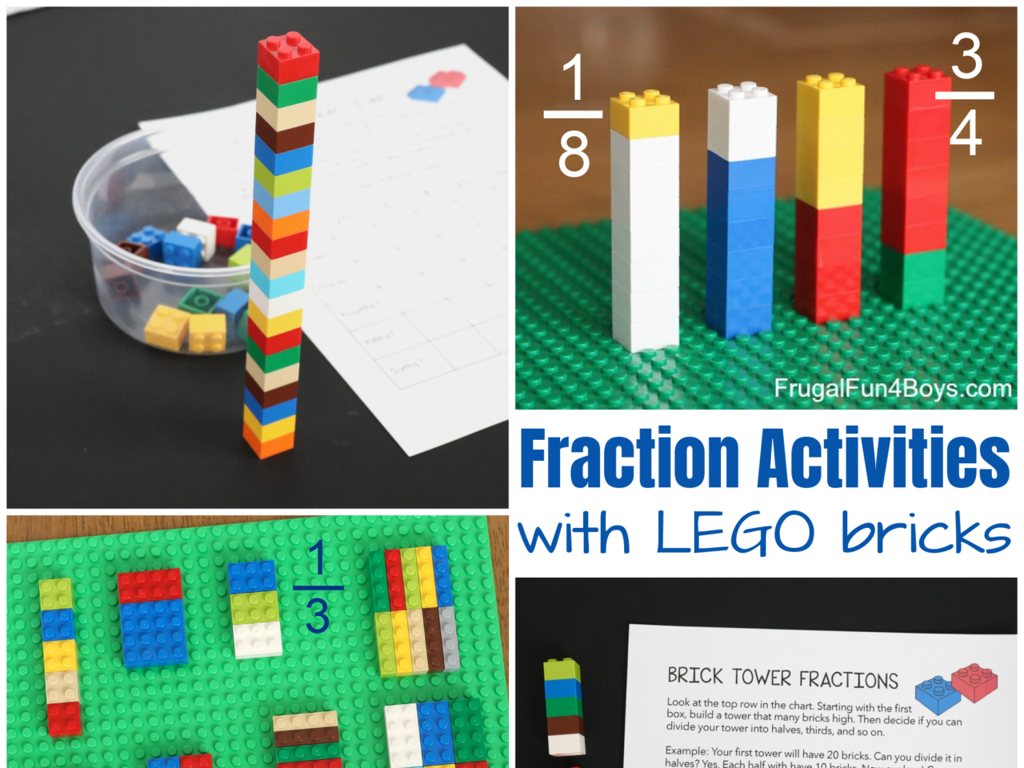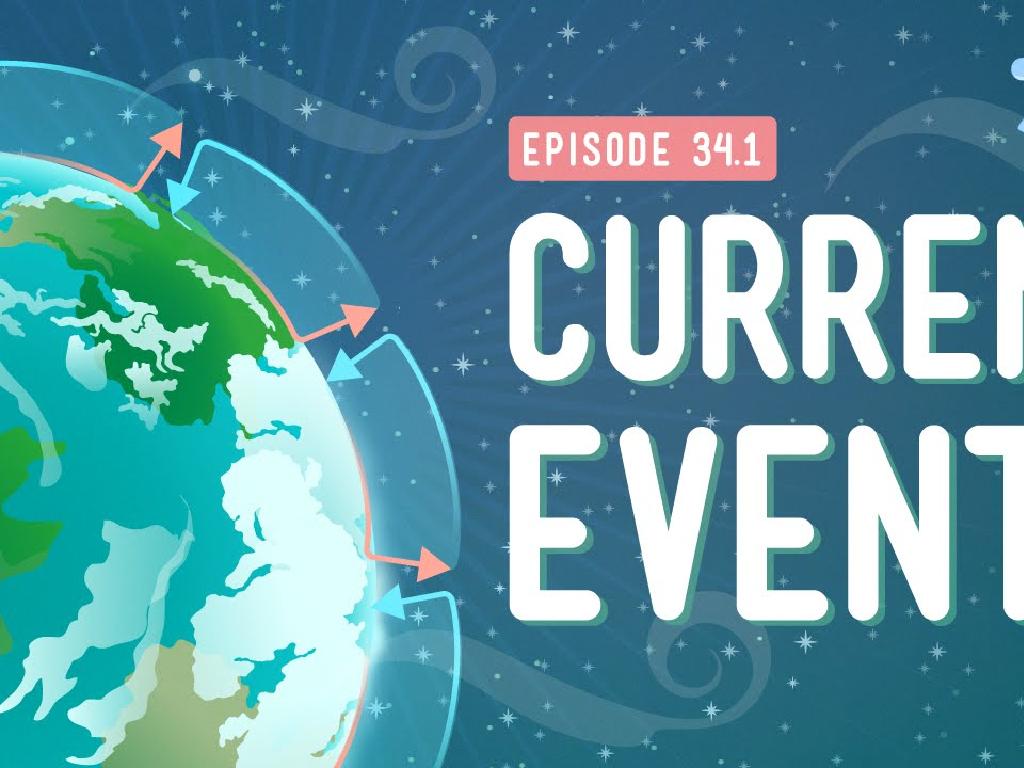Earth Geological And Climatic History
Subject: Science
Grade: High school
Topic: Cosmology And Astronomy
Please LOG IN to download the presentation. Access is available to registered users only.
View More Content
Earth’s Geological and Climatic History
– Earth in the cosmic context
– Our planet’s place and history in the vast universe
– Earth’s dynamic changes
– From formation to present, the shifts in geology and climate
– Significance of Earth’s history
– Learning from the past to predict and prepare for future changes
– Implications for our future
|
This slide introduces students to the concept of Earth’s geological and climatic history within the broader context of cosmology and astronomy. It aims to provide an understanding of how our planet has undergone numerous changes since its formation, both geologically and climatically. By studying these changes, we can gain insights into the processes that have shaped our world and use this knowledge to make informed predictions about future environmental conditions. This understanding is crucial for developing strategies to manage and mitigate the impacts of climate change and to ensure a sustainable future for our planet.
Formation of the Earth: From Nebula to Oceans
– Earth’s origin from solar nebula
– A cloud of gas and dust collapsed to form the Solar System, with Earth coalescing from the remnants.
– Differentiation into core, mantle, crust
– Due to gravity and heat, Earth separated into layers: dense core, viscous mantle, and solid crust.
– Creation of early atmosphere
– Gases like water vapor, carbon dioxide, and nitrogen were released from volcanic activity, forming the early atmosphere.
– Formation of primordial oceans
– As the planet cooled, water vapor condensed to form the first oceans, setting the stage for life.
|
This slide provides an overview of Earth’s early history, starting with its formation from the solar nebula, which led to the accretion of our planet. The differentiation of Earth into core, mantle, and crust is a result of the planet’s internal heat and gravitational forces. The early atmosphere was likely formed from volcanic outgassing, a process that released gases trapped in the Earth’s interior. The formation of the oceans was a critical step in Earth’s climatic history, as it allowed for the eventual development of life. Discuss the significance of each step in Earth’s formation and how it contributed to the conditions necessary for life as we know it.
Plate Tectonics and Continental Drift
– Plate tectonics: Earth’s geology engine
– Earth’s lithosphere is divided into tectonic plates that move around on the asthenosphere.
– Evidence supporting continental drift
– Fossils, rock formations, and puzzle-like coastlines suggest continents were once joined.
– Impact of drift on Earth’s geography
– Continental drift explains the formation of mountains, earthquakes, and volcanoes.
– Tectonics shaping continents and oceans
– Plate boundaries are sites of major geological activity, influencing land and sea.
|
This slide introduces the concept of plate tectonics and continental drift, which are fundamental to understanding Earth’s geological and climatic history. Plate tectonics is the theory that Earth’s outer shell is divided into several plates that glide over the mantle. Students should learn about the evidence for continental drift, such as similar fossils found on different continents, which supports the idea that the continents were once connected. The impact of plate tectonics on Earth’s features includes the creation of mountain ranges, the occurrence of earthquakes, and the formation of oceanic trenches. Understanding how these processes shape our planet is crucial for students studying Earth science. Encourage students to explore how the movement of tectonic plates has shaped the geography of their own region and to consider the global implications of these movements.
Major Geological Eras and Life Evolution
– Geological time divisions
– Eons, Eras, Periods, and Epochs categorize Earth’s history
– Key events in Earth’s history
– From the formation of life to mass extinctions and ice ages
– Evolution of life through eras
– Life forms have adapted to major shifts in the planet’s geology
– Impact of geological changes on life
– Geological events have driven evolution and diversity of species
|
This slide provides an overview of the major geological eras and how life on Earth has evolved in response to geological and climatic changes. Students should understand the broad divisions of geological time and the key events that have shaped our planet’s history, such as the formation of life, mass extinctions, and ice ages. Discuss how these events have influenced the evolution of life, leading to the diversity we see today. Highlight the importance of geological changes in driving evolution and shaping the environment for life to adapt and survive. Encourage students to think about how current climatic changes might affect life on Earth in the future.
Climate Through the Ages
– Earth’s climate evolution
– Climate has varied from warm periods to ice ages over millions of years.
– Major historical climate events
– Ice ages: periods of extensive glacial coverage, Interglacials: warmer periods between ice ages.
– Human influence on climate
– Recent changes are linked to human activities like burning fossil fuels, deforestation.
– Addressing climate change
– Understanding past climates helps us predict future changes and informs conservation efforts.
|
This slide aims to provide students with an overview of Earth’s climatic history, highlighting the natural fluctuations between ice ages and warming periods, as well as the more recent impact of human activities on climate change. Discuss the evidence from geological records that show how Earth’s climate has changed over millions of years. Emphasize the significance of major climate events such as ice ages and interglacials, and how they have shaped the planet’s environment. Transition to the current era, focusing on how human actions, particularly since the Industrial Revolution, have accelerated climate change. Conclude by discussing the importance of studying Earth’s climatic past to better understand and address current and future climate challenges.
Methods of Studying Earth’s History
– Fossils as historical records
– Fossils provide snapshots of past life and environments.
– Radiometric dating techniques
– Measures radioactive decay to estimate the age of materials.
– Ice cores: Climate archives
– Ice cores contain layers of ice that correspond to different time periods, trapping atmospheric gases and particles.
– Sediment layers and Earth’s past
– Sedimentary layers accumulate over time, preserving evidence of historical climates and events.
|
This slide introduces students to the various methods scientists use to study Earth’s geological and climatic history. Fossils give us direct evidence of past life forms and their environments, allowing us to piece together the history of life on Earth. Radiometric dating is a powerful tool that uses the natural decay rate of isotopes to determine the age of rocks and fossils. Ice cores drilled from glaciers provide a layered history of Earth’s climate, with each layer representing a snapshot of atmospheric conditions at the time of deposition. Similarly, sediment layers can tell us about past climates, geological events, and even the presence of life at different times. Encourage students to think critically about how these methods contribute to our understanding of Earth’s history and the importance of each in the field of geology and climatology.
The Anthropocene: Human Impact on Earth
– Defining the Anthropocene era
– A proposed epoch marking significant human impact on Earth’s geology and ecosystems.
– Human activities’ geological impacts
– Urbanization, deforestation, and pollution alter landscapes and atmospheric composition.
– Sustainability: A crucial goal
– Sustainable practices aim to meet current needs without compromising future generations.
– Stewardship of Earth’s resources
– Responsible management of the environment to preserve natural habitats and biodiversity.
|
The Anthropocene is a term used to describe the current geological age, viewed as the period during which human activity has been the dominant influence on climate and the environment. This slide will delve into how human activities such as industrialization, agriculture, and resource extraction have led to significant geological changes, including climate change, habitat destruction, and biodiversity loss. Emphasize the importance of sustainability, which involves using resources in a way that does not deplete them for future generations, and stewardship, which is the responsible overseeing and protection of something worth caring for and preserving. Encourage students to think critically about their role in the environment and discuss ways in which they can contribute to sustainability efforts.
Class Activity: Simulating Geological Processes
– Model tectonic movements with snacks
– Objective: Grasp plate tectonics
– Understand how continents move and interact
– Discuss and relate observations
– Connect to real-world geology
– How do snack movements mimic actual geological events?
|
This hands-on activity is designed to help students visualize and understand the principles of plate tectonics and continental drift. Using crackers to represent Earth’s tectonic plates and frosting as the mantle, students will simulate the movements of the plates against and away from each other. After the activity, lead a discussion to share observations and draw parallels between the model and real-world geological phenomena such as earthquakes, volcanic activity, and mountain formation. Possible variations of the activity could include using different materials to represent oceanic and continental plates, simulating subduction zones, or demonstrating the effects of plate boundaries on geographical features.






